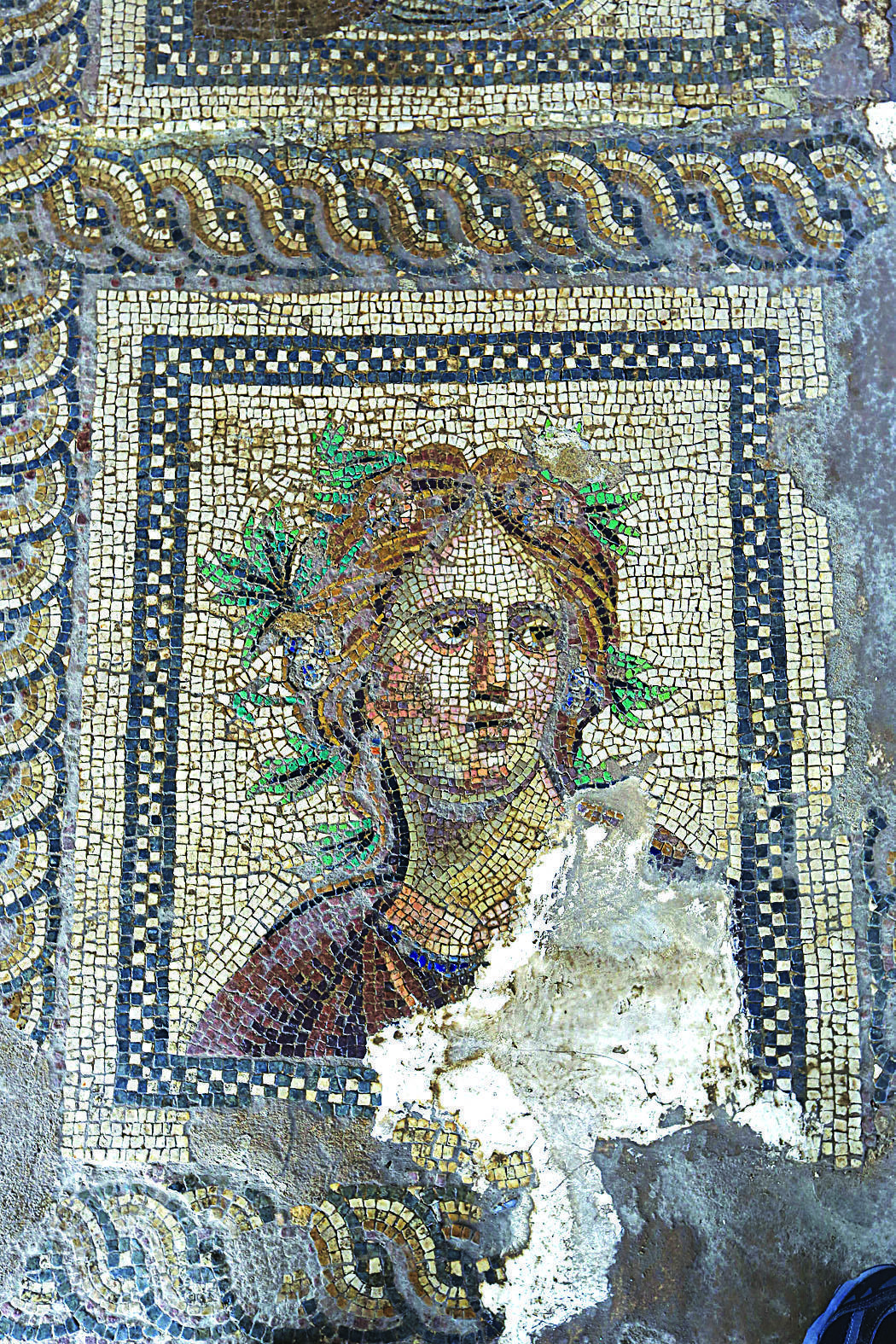City of mother goddess opens to tourism
İZMİR – Anadolu Agency


Metropolis was established in the third century B.C. and was an important city of trade along with Ephesus and Smyrna.
The ancient city of Metropolis, a premier caravan site of yesteryear that was located on major trade routes, will soon begin drawing in visitors from near and afar thanks to significant investments to open the location up to tourism.Excavations in the ancient city, which is located in İzmir’s Torbalı district, have been carried out by Culture and Tourism Ministry, Celal Bayar University, Sabancı Foundation and Torbalı Municipality. The historic structures in the ancient city have been preserved to a great extent, while necessary investments have been completed for Metropolis to gain the status of an ancient site. The ancient city is expected to open this year.
Celal Bayar University Archaeology Department Professor Serdar Aybek said Metropolis was established in the third century B.C. and was an important city of trade along with Ephesus and Smyrna. It was known as the “Mother Goddess City” in mythology, he said.
Although the city was not particularly large, its structures were more aesthetic when compared to other cities of the same era, while the marble workmanship used in the public buildings was also unique, he said.


He said the baths not only functioned for cleaning but also served as a space for socialization, and that people spent most of their time in the baths during the day. Cold and hot water, massage rooms, restrooms and areas for political discussion were all offered at the baths, he added.
“There were also service corridors used by servants who served royal people at the bath. These baths are engineering wonders,” Aybek said.
Aybek said that even the ash from wood and olive residues, which were used to warm up the baths, were revealed during the excavations. “Those who want to get information about daily life in the ancient age should definitely visit Metropolis.”
Aybek also said visitors would be able to travel through history at Metropolis using modern technology as part of the investments to open the ancient site up to contemporary tourism.
Discovered in 1972
The ancient city of Metropolis was first inspected through
archaeological field work in 1972 by Professor Recep Meriç from Dokuz
Eylül University, Izmir.
Excavations at the site, which feature
Classical, Hellenistic, Roman, Byzantine and Ottoman traces, began in
1989. The earliest known settlement at the site is from the Neolithic
Age, and there is evidence of contact and influence from the Troy I
littoral culture.
A still-undeciphered seal written in hieroglyphics
similar to those of the Hittites has also been found in Metropolis’
acropolis. The Hittite kingdom of Arzawa had its capital, Apasas (later
Ephesus), roughly 30 kilometers to the southwest.
Metropolis was a
part of the Hellenistic kingdom of Pergamum, and during this period, the
city reached a zenith of cultural and economic life. A temple dedicated
to the war god Ares, one of only two known such temples, was also
located there.
